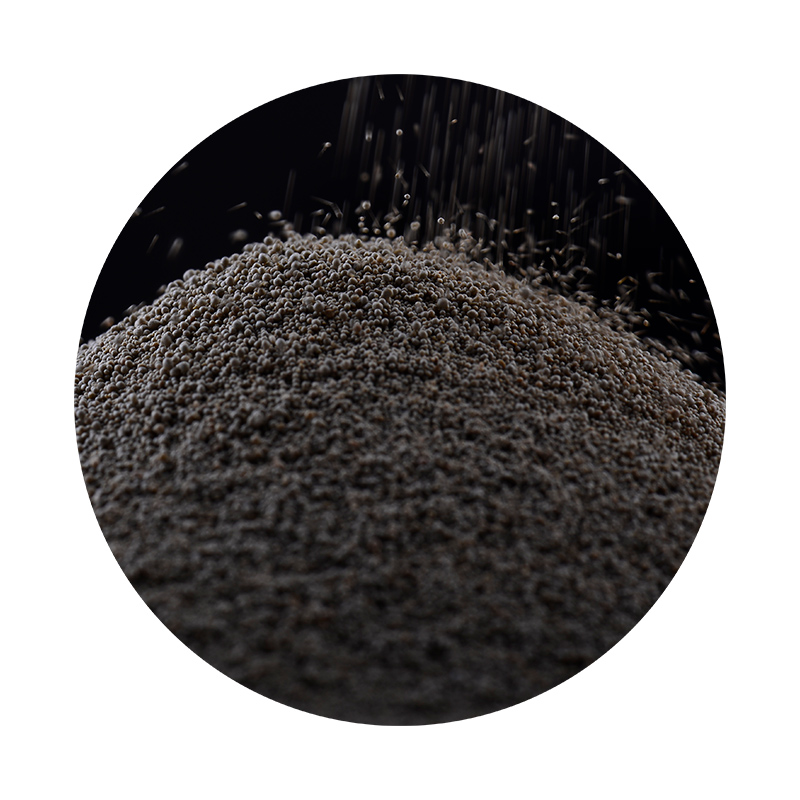Sanding Small 3D Prints A Complete Guide to Achieving Smooth Surfaces
3D printing has revolutionized the way we design and fabricate objects, offering unparalleled access to rapid prototyping and custom creations. However, one of the challenges that enthusiasts and professionals alike often face is how to achieve a smooth finish on their 3D prints. Sanding small 3D prints is an essential skill to master, as it can significantly enhance the aesthetic and functional qualities of your final product. In this article, we will explore the best practices and techniques for sanding small 3D prints effectively.
Understanding the Importance of Sanding
Sanding is not just about aesthetics; it also serves functional purposes. A smooth finish can improve the strength of a print, reduce the visibility of layer lines, and enhance the paint's adhesion in the case of painted models. For functional parts, such as mechanical components, a precise fit may depend on how well the surfaces mesh together, which can be improved by sanding.
Preparing for Sanding
Before you dive into sanding, it’s important to prepare your workspace and gather the right tools
. Here’s what you’ll need1. Sanding Papers Use a range of grits from coarse (60-100) for initial shaping to fine (400-2000) for finishing touches. 2. Sanding Sponge or Block These provide a more even sanding surface compared to fingers alone. 3. Dust Mask and Safety Goggles Safety first! Sanding will produce dust, especially with materials like PLA, ABS, or PETG. 4. Gloves Protect your hands from any irritants. 5. Ruler or Caliper For precise measurements if necessary.
The Sanding Process
1. Start with Coarse Grit Begin with a coarse grit sandpaper (around 60-100 grit) to remove larger imperfections, such as supports, layer lines, or print defects. Use gentle pressure and always sand in a consistent direction to avoid scratches.
sanding small 3d prints

2. Move to Medium Grit Switch to a medium grit (around 180-220) to smooth out the surface. This grit will help remove marks left by the coarse grit and start to bring down the layer lines further.
3. Finish with Fine Grit Finally, use fine grit sandpaper (400 and above) to achieve a smooth finish. This step will require a lighter touch, as fine grit is more about polishing rather than removing material. Pay extra attention to the detail areas, where the layer lines tend to be more pronounced.
4. Wet Sanding (Optional) For an ultra-smooth finish, consider wet sanding during the final stages. This involves using fine grit sandpaper with water, which can reduce dust and help create a polished surface. This technique is particularly effective for plastics.
Tips and Tricks
- Check Your Progress Frequently Regularly inspect your work to avoid over-sanding and creating uneven surfaces. It's better to take your time and gradually work toward the desired finish than to rush and ruin your print.
- Use a Primer If you plan to paint your 3D print, consider applying a primer after sanding. Primer can fill in minor imperfections and layer lines, making it easier to achieve a smooth paint job.
- Beware of Heat Some materials, especially ABS and PLA, are sensitive to heat. Prolonged sanding can generate friction and warmth, risking deformation. Use gentle pressure and allow breaks in between sanding sessions to prevent this.
Conclusion
Sanding small 3D prints is a crucial step in the finishing process that can elevate the quality of your prints from mediocre to professional. By following the right techniques and using the appropriate tools, you can achieve smooth surfaces that enhance both the look and functionality of your creations. Take your time, be patient, and don’t hesitate to practice on less important pieces as you hone your sanding skills. Happy printing!
Post time:dec . 11, 2024 08:30
Next:sanded resin
